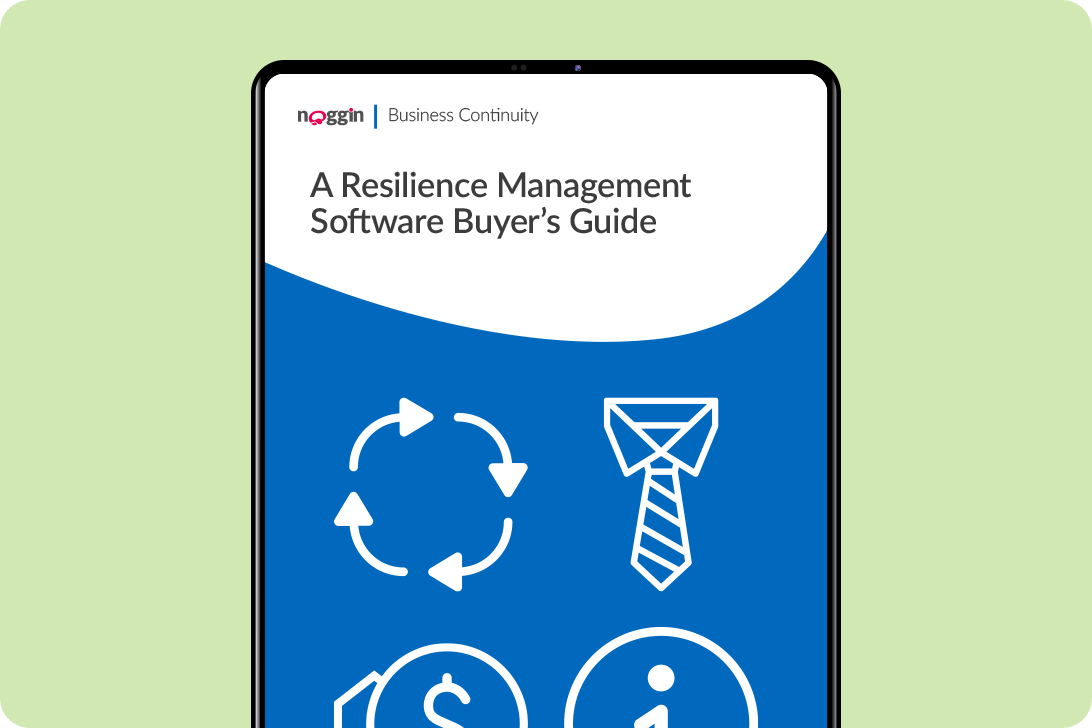Top Wellbeing Management Strategies to Implement this Year
For employers, poor worker mental health and wellbeing remain keen issues. Indeed, around the globe, an estimated 12 billion working days are lost to depression and anxiety, according to the WHO. What can be done?
Read on to learn the top wellbeing management strategies organizations should implement in 2023.
Four common-sense wellbeing management measures
1. Address psychosocial hazards
Beyond avoiding productivity loss, employers have a legal rationale for getting workplace wellbeing management right. That reason is the maintenance of duty of care, which in many districts goes beyond physical health and safety. How to go about it?
To maintain duty of care, employers must acknowledge and address psychosocial hazards in the workplace. Psychosocial hazards, falling under the employer duty of care obligation, encompass aspects of work that can potentially cause physical or psychological harm to employees.
What are some examples? Psychosocial hazards include the following:
-
Workplace bullying
According to the University of Louisville, workplace bullying refers to repeated, unreasonable actions of individuals (or a group) directed towards an employee (or group of employees), which are intended to intimidate and create risk to the health and safety of the employee(s). -
Fatigue
According to the CDC, has been described as a feeling of weariness, tiredness, or lack of energy. In the workplace, fatigue is associated with nonstandard schedules that disrupt or shorten sleep. -
Mental stress
Here, mental stress in the workplace refers to harmful emotional responses that occur when the requirements of the job do not match the capabilities, resources, or needs of the worker.
-
Overseas work
Work abroad. Workers living abroad tend to feel more isolated, helpless, and lonely. -
Remote or lone work
Remote work, per the National Institutes of Health (NIH), is an arrangement in which an employee’s official duty station is an approved alternative worksite. In the case of lone work, the employee is working by themselves or in isolation. -
Workplace change
As the term suggests, workplace change refers to major organizational and/or employment policy change that’s likely to affect job security and/or employment conditions. -
Workplace violence
Per health regulator OSHA, workplace violence is any act or threat of physical violence, harassment, intimation, or other threatening disruptive behavior that occurs at the work site.
Neglecting these hazards not only impacts productivity and safety but can also result in regulatory penalties and monetary sanctions.
How much? In Australia, workers’ compensation claims related to work-related mental health conditions are significantly higher in cost and result in more time off work for employees compared to other claims.
2. Follow guidelines for managing mental health and wellbeing risk
Acknowledging and actively addressing psychosocial hazards is the first step. But implementing best-practice guidance can help mitigate the risks posed by psychosocial hazards, as well.
Such guidance emphasizes identifying the conditions, circumstances, and workplace demands that may adversely affect the psychological health and wellbeing of employees.
Organizations should also determine the necessary changes required to enhance the working environment and promote the psychological health and wellbeing of their workforce. These changes should be incorporated within an existing Occupational Health and Safety (OHS) management system, such as the internationally recognized ISO 45001 standard.
3. Develop a wellbeing management plan
Effective wellbeing management planning enables organizations to establish appropriate objectives, develop strategies to achieve those objectives, and demonstrate a commitment to continual improvement.
The wellbeing management planning process, like with other work domains, should align with the organization’s risk profile. This alignment can be accomplished through an ongoing, proactive processes for hazard identification.
It will also be important to consider the specific needs and expectations of different groups of workers, as well as the requirements of specific workplaces or sets of operations and tasks.
The wellbeing management planning process should also consider the results of psychosocial risk assessments, implementation of actions to eliminate hazards and mitigate risks, evaluation of the effectiveness of these actions, and the management of the entire process through periodic reviews and updates to adapt to changing needs and recognize best practices.
4. Allocate necessary resources
Although plans are essential for implementing wellbeing management strategies, dedicated resources are equally important, as well. Organizations, as such, should consider employing appropriate wellbeing management software to assist in achieving the objectives outlined in their plans. This software will provide valuable tools and features to support the management of employee wellbeing.
Finally, burnout, anxiety, and depression don’t make employees better workers. In fact, they make workplaces worse and employers potentially liable. How to avoid the risk? Consider further best-practice measures in ISO 45003, the international standard for psychological health and safety at work. For a primer on the standard, download our Guide to Understanding ISO 45003: Psychological Health & Safety at Work.




